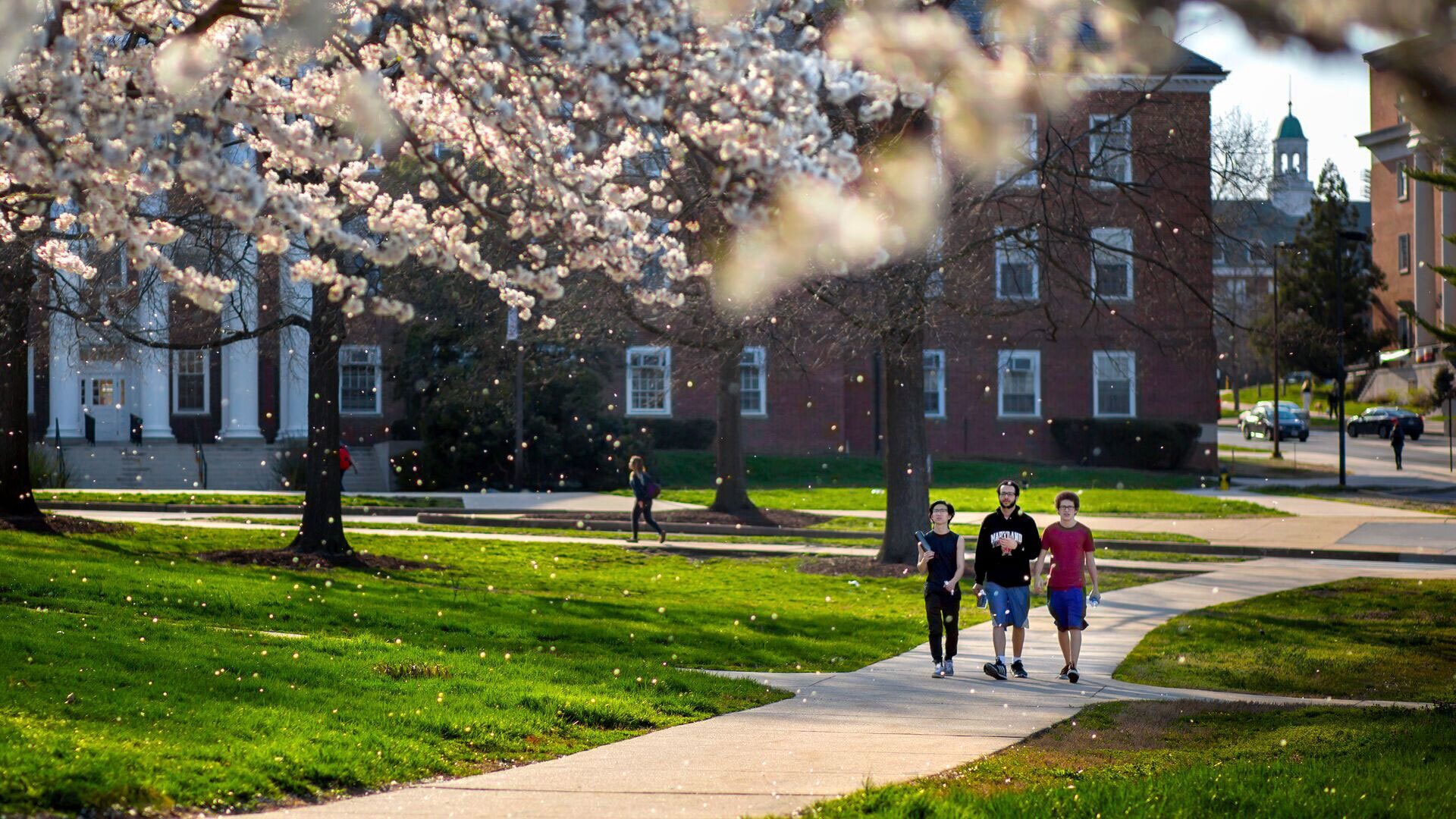- March 29, 2019
- By Kelly Blake
Spring is springing earlier because of human-induced climate change, and new research from the School of Public Health suggests we’re increasingly paying the price for it—sneeze by itchy, scratchy sneeze.
The study, based on over 300,000 respondents between 2002 and 2013, shows that seasonal allergic rhinitis, or hay fever, increases when the timing of spring “greenup” changes. The findings were published yesterday in the journal PLOS ONE.
“We found that areas where the onset of spring was earlier than normal had 14 percent higher prevalence of hay fever,” said Associate Professor Amir Sapkota in the Maryland Institute for Applied Environmental Health. “Surprisingly, we also found similar risk in areas where the onset of spring was much later than what is typical for that geographic location.”
The study provides the first national-level quantitative data showing how ongoing climate change is increasing the seasonal allergic disease burden in the United States. Hay fever affects 25 million adults in the United States and results in $11.2 billion in related medical expenses annually.
Sapkota and his team used satellite data collected by NASA’s Moderate Resolution Imaging Spectroradiometer (MODIS) to identify the start of the spring season throughout the U.S. and linked these data to National Health Interview Survey data from the Centers for Disease Control and Prevention (CDC).
“Previous studies have shown that plant phenology is highly dependent on temperature. As such, it is one of the most sensitive indicators of how our ecosystem is responding to climate change,” said Chengsheng Jiang, a research assistant professor of applied environmental health and study co-author. “We show that such climate change-driven ecological changes are directly linked to allergic disease burden in the United States. Even a relatively small change in the timing of tree flowering can have a significant economic impact, given that 25 million American adults already suffer from hay fever each year.”
Raghu Murtugudde, a professor in the Department of Atmospheric and Oceanic Science, was another co-author on the paper.
The reason for increased hay fever when spring arrives early seems to be related to pollen exposure. An earlier onset of spring means trees flower sooner and create a longer season for tree pollen, which is the major source of spring seasonal allergens. But a very late onset of spring may mean many species of trees simultaneously burst in bloom, blasting allergy sufferers with a high concentration of pollen for a shorter duration.
It’s yet another example of how climate change is impacting burden of allergic disease right here in our backyard, Sapkota said. Given that climate change is projected to intensify, he argued such data are critical to inform public health adaptation strategies, including early warning systems. “Climate change impacts our health in more ways than we can imagine. We need community-specific adaptation strategies to increase resilience and minimize the disease burden associated with climate change,” he said.
